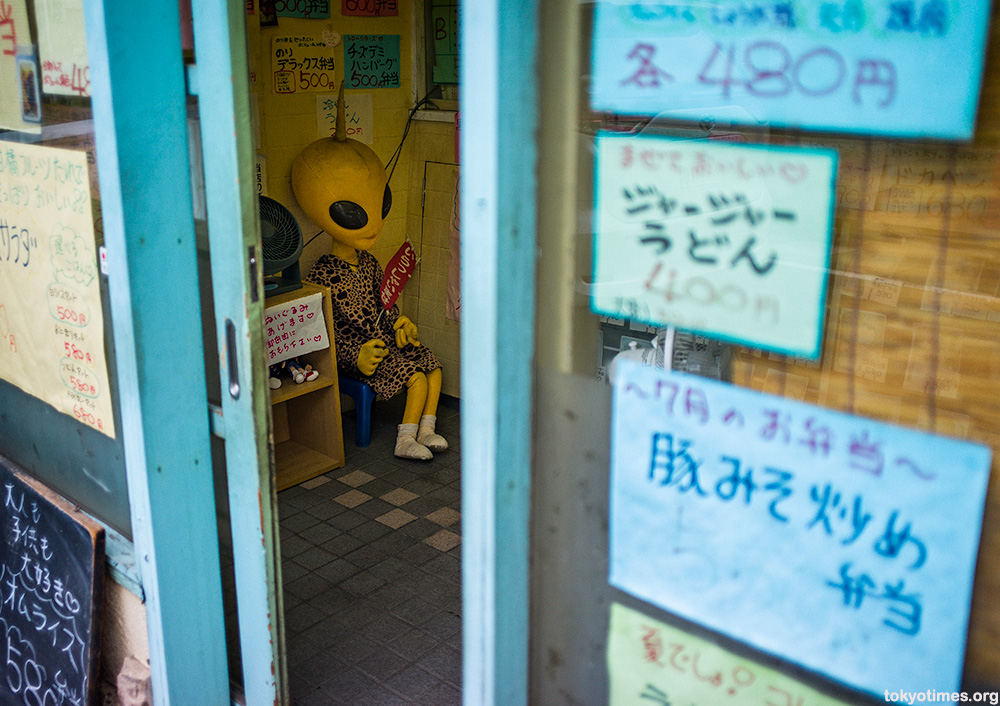Drinking in his favoured bar in Tokyo’s poorest neighbourhood, this old man may not have seen better days — or at least not any for a long time. But, like all of us, he has seen younger ones.
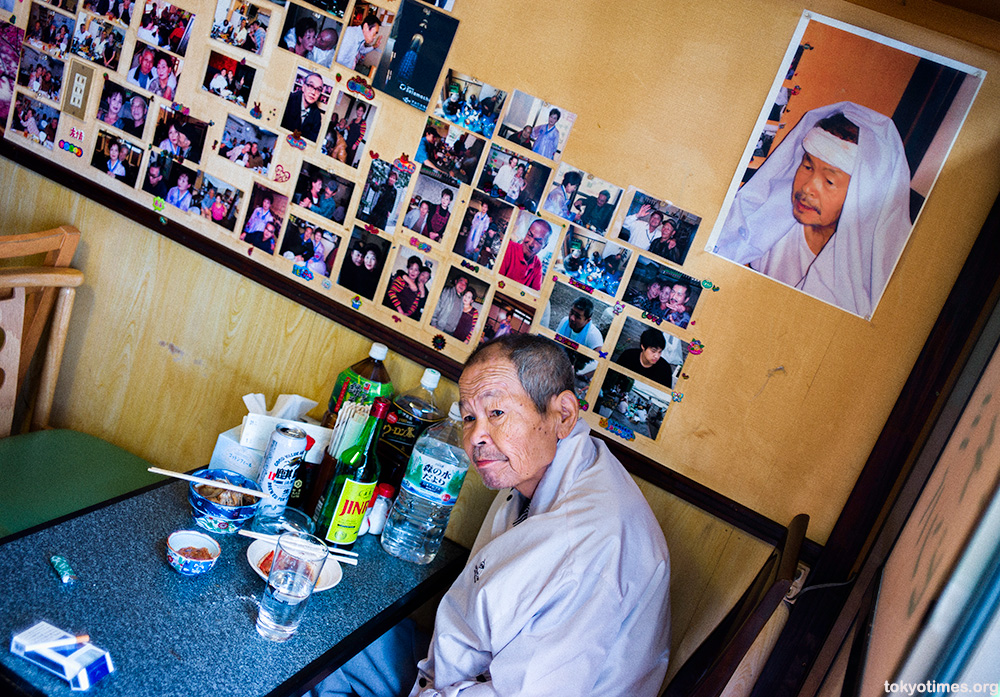
Photographs from a small group of islands
Drinking in his favoured bar in Tokyo’s poorest neighbourhood, this old man may not have seen better days — or at least not any for a long time. But, like all of us, he has seen younger ones.

Japanese food is much praised both at home and abroad — a tribute that most of the time is very much warranted too. But good food needs equally good people preparing it, and doing so can clearly be hard work, particularly so in decidedly less than ideal surroundings.
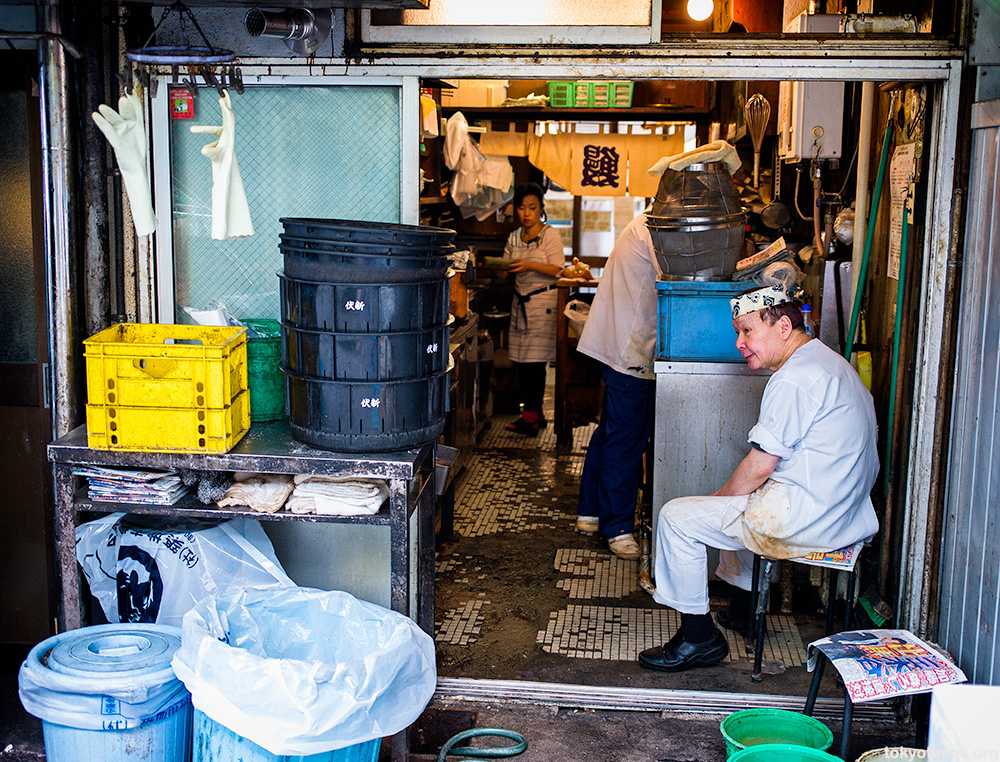
Japan may well have suffered several decades of economic stagnation, but Tokyo is still a city very much in flux, with buildings both big and small going up and down at an almost dizzying pace. A transformation generally done in the name of progress, but which at the same time often destroys a good deal of the city’s character — even its soul if one is inclined to get a little sentimental about such things.
The wonderfully archaic Tsukiji fish market will soon move to new premises, and Kabukicho, the capital’s famous red light district, is steadily undergoing massive changes — with far more dramatic ones already being put forward in the run-up to the Tokyo 2020 Olympics. A ‘clean-up’ that some fear will also include Golden Gai, potentially depriving the city of another of its icons, not to mention a link to the past.
But that’s not to say that other old, practically untouched pockets of Tokyo don’t exit, because they do. Like this fabulously dated sweet shop for example. A business that with a bit of luck will live on for as long as its owner does, although the chances of it going on to outlive him are sadly next to none.
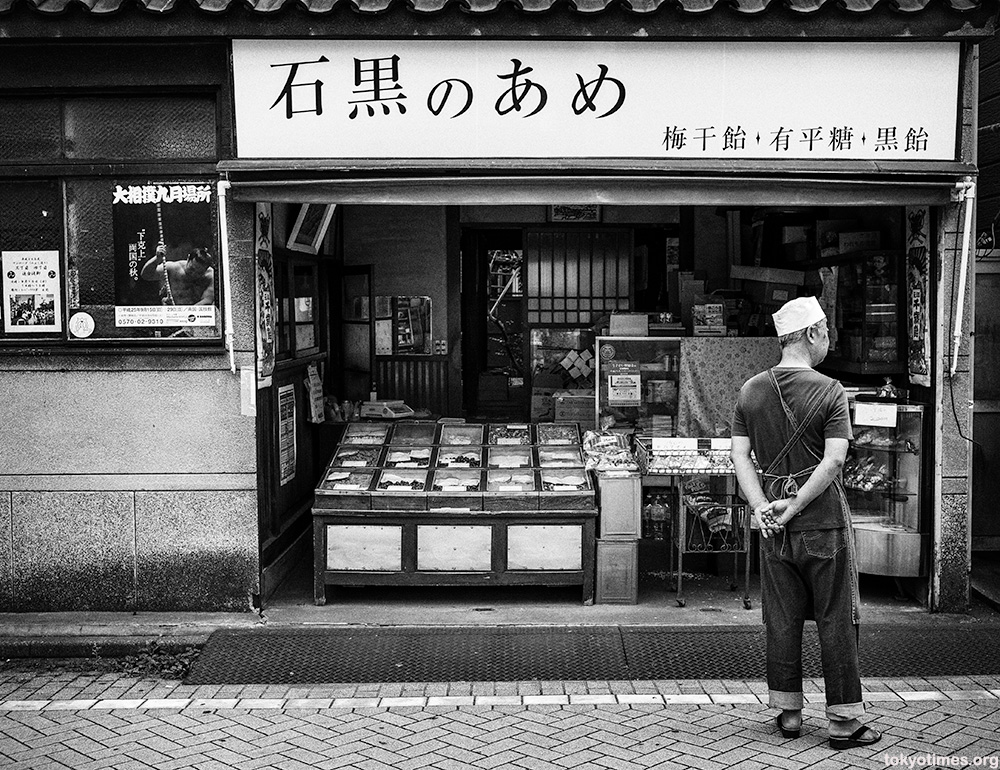
Big nights out are a daily option in Tokyo. As are benders of truly epic proportions. The only problem, however, is that there’s almost always a price to pay, and sometimes a hefty one.
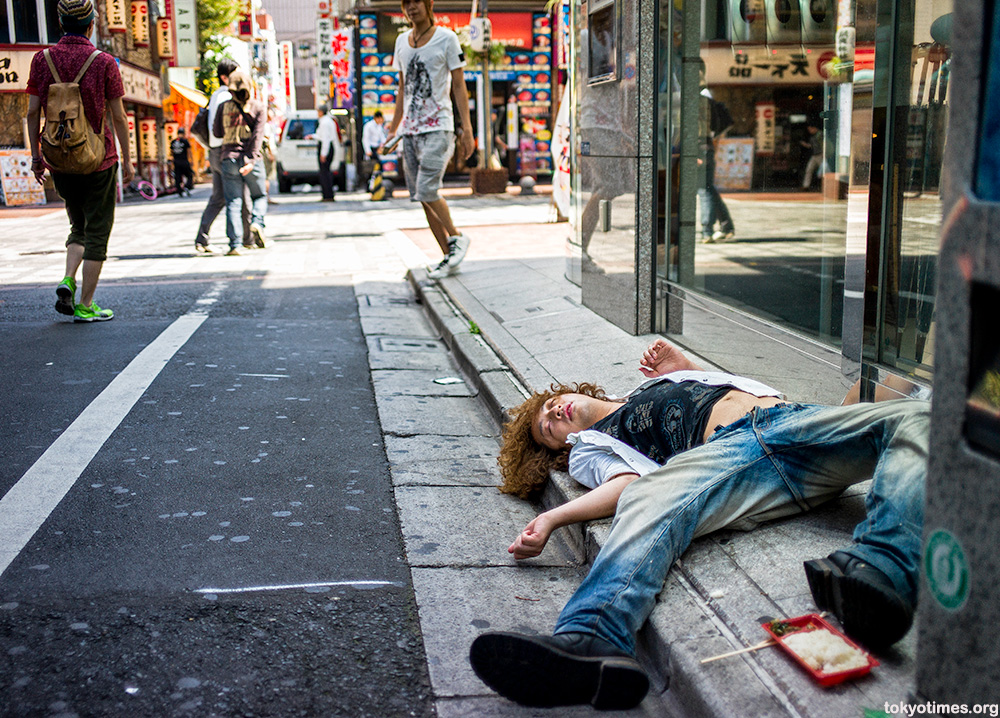
It may well have been early Saturday afternoon rather than Sunday morning, but when it’s still hot and the week’s work is finally done, why not squeeze into a tiny old bar and down a few?
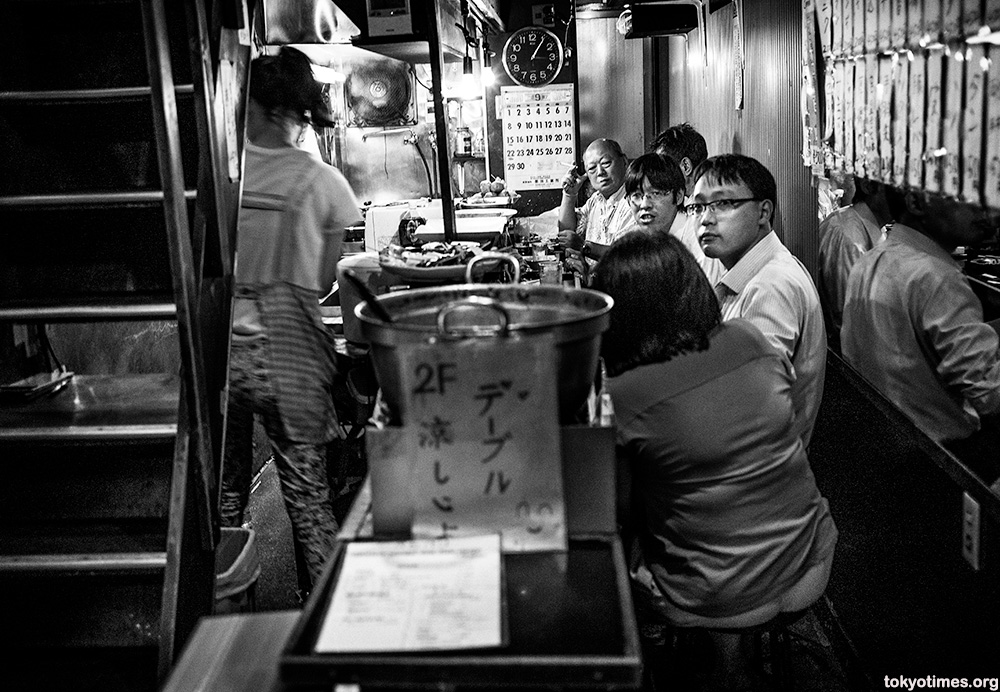
Whether made at home or bought in one of countless shops all over the country, the humble bento — or lunch box — is arguably just as much a part of Japanese culture as sushi and sake. A meal regularly enjoyed by tens of millions of locals everyday, along with even the odd alien or two.
